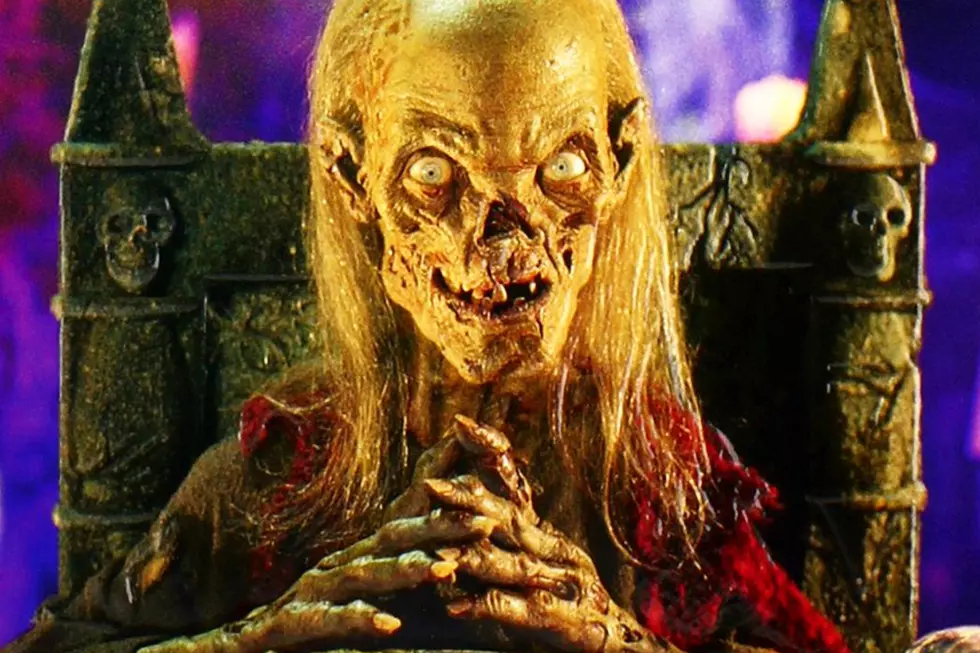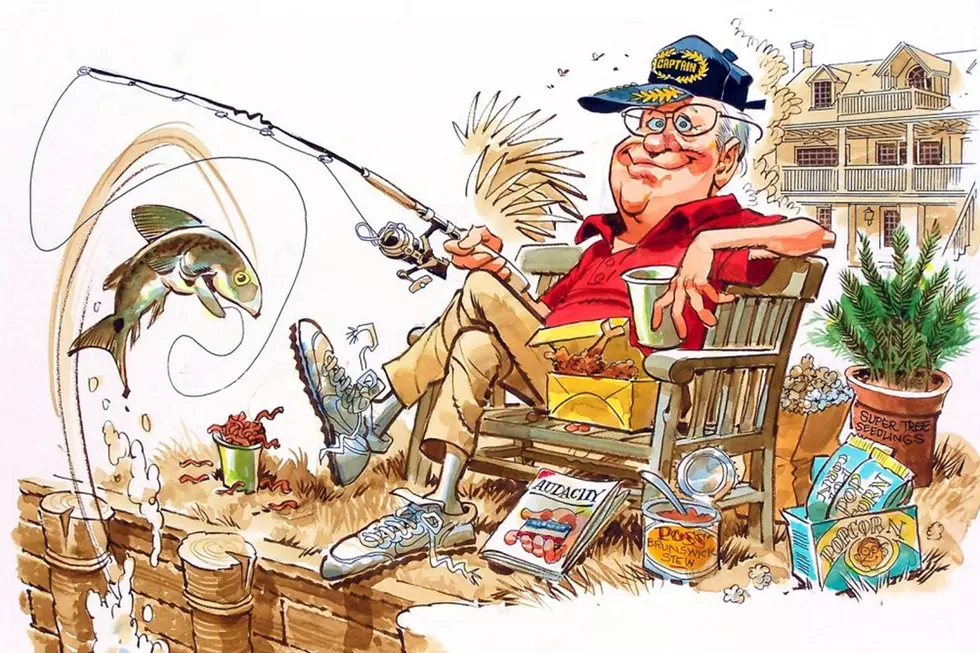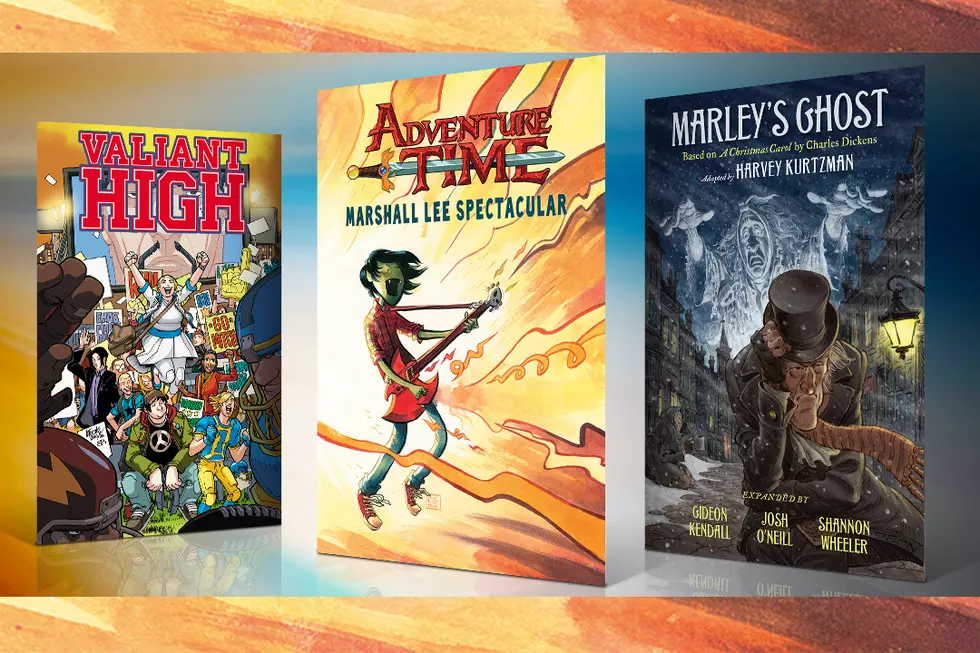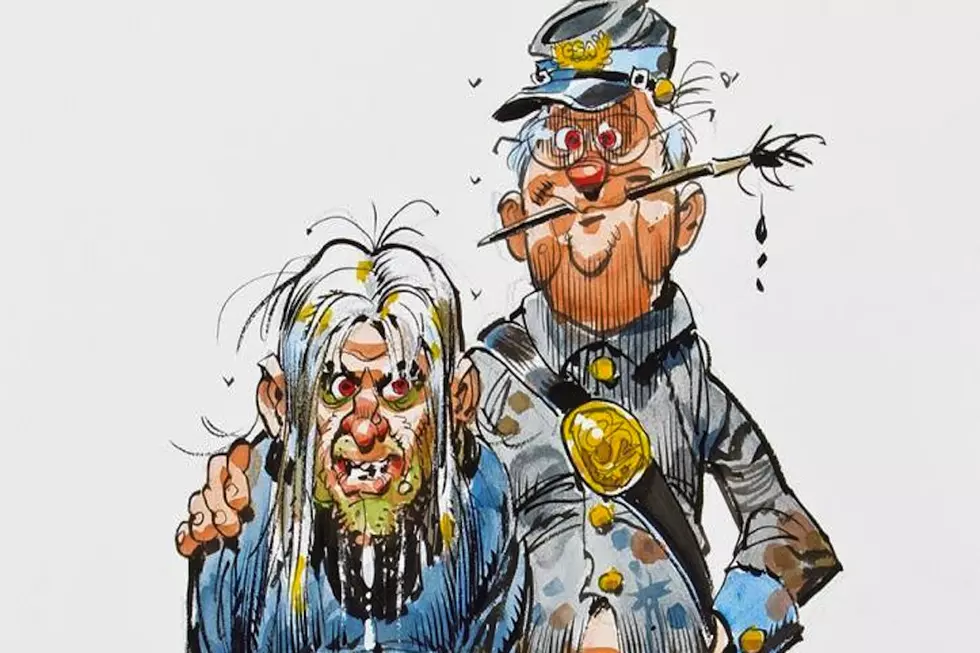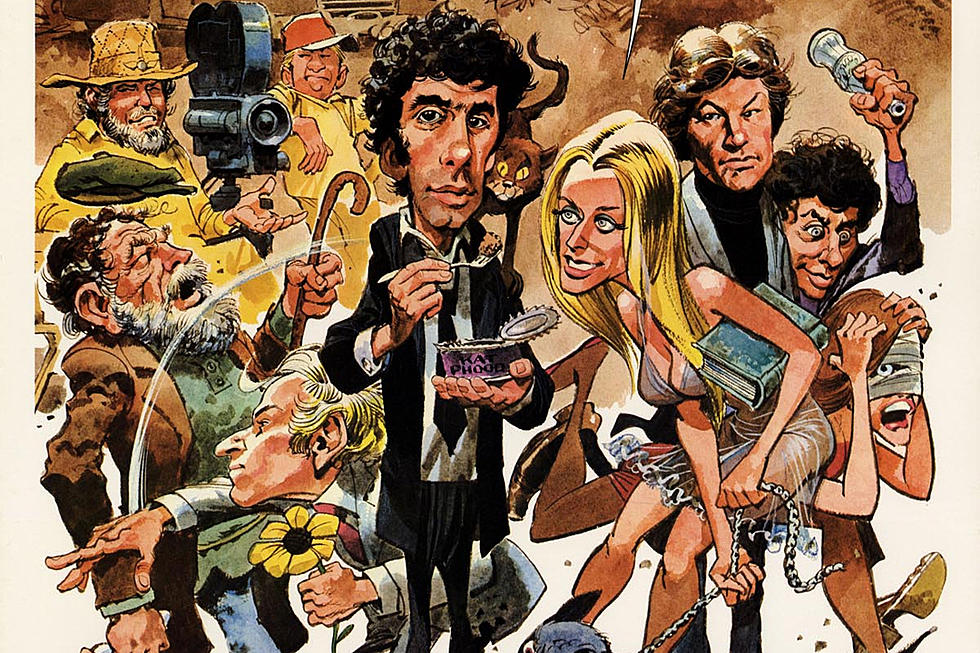
Harvey Kurtzman And The Search For Truth
Born October 3, 1924 in Brooklyn, New York, Harvey Kurtzman might be the single most influential cartoonist of all time.
As the editor of Two-Fisted Tales and Frontline Combat for EC Comics, Kurtzman created an entirely new kind of war comic that is still considered the gold standard today; as the creator and driving force behind Mad, he introduced his own brand of satire into the American lexicon. In an expansive family tree of truth-seekers that includes artists, writers, filmmakers, musicians, and comedians, Harvey Kurtzman is the root.
Through the early 1940s, Harvey Kurtzman published comics and cartoons in dribs and drabs. At New York's High School of Music & Art --- which Kurtzman attended with future collaborators Al Feldstein, Will Elder, Al Jaffee, and more --- a teacher connected him Louis Ferstadt, a cartoonist, muralist, and American Communist who contributed to The Daily Worker, the newspaper that Kurtzman was essentially raised on.
As part of the Ferstadt studio, Kurtzman was just another cog in the assembly line, producing "house style" pages for several publishers before being drafted in 1943.
While in the army, Kurtzman illustrated posters, instructional materials (much like his hero Will Eisner), and cartoons for camp publications and Yank, the weekly magazine for enlisted men. Though Kurtzman never saw combat, his years in the military and the possibility of joining the theater of war seemed to leave an impression on the young artist.
After his discharge, Kurtzman made his first big creative stride on Hey Look, a series of one-page filler gags for Timely Comics editor Stan Lee. Although Kurtzman later looked back on this work with derision, through over 150 Hey Look strips one can see the master artist developing his offbeat humor and minimalist style, and refining his approach toward layouts and visual rhythms. And it was through Hey Look that Kurtzman landed his next, and biggest gig.
When Kurtzman stepped into the offices of EC, he did so during a period of transition, as Bill Gaines had taken over for his deceased father Max, renamed the company Entertainment Comics, and took his first steps toward the "New Trend" comics that would make the publisher infamous.
Although Bill Gaines had no immediate need for Kurtzman, he was so impressed with his Hey Look samples that he hired him so nobody else would, assigning him to Lucky Fights It Through, a giveaway educational story about, of all things, cowboys and venereal disease.
After contributing art to a few New Trend crime and horror stories, Kurtzman pitched Gaines an adventure comic called Two-Fisted Tales. Although the series began with broad adventure tales of every kind, as hostilities in Korea escalated from police action to war, Kurtzman focused the book on tales unlike any other in American comics: realistic war stories.
Prior to Two-Fisted Tales, American war comics were simple, jingoistic, and sensationalist. Enemies of all races and nationalities were painted as wretched and subhuman; all Americans were righteous, justified, and uniformly heroic; all conflicts black-and-white. Kurtzman, however, injected the genre with a sense of humanism and realism that immediately made Two-Fisted Tales stand out from the pack.
The rising interest in war stories and the success of the first title led to a companion series, Frontline Combat. As the editor for each series, Kurtzman not only wrote every story, he provided detailed layouts to which he expected his artists to strictly adhere, and never deviate from his voice.
Meticulously researched by Kurtzman and assistant editor Jerry DeFuccio (whose research included a ride on a submarine), Two-Fisted Tales and Frontline Combat told war stories throughout history and from every point of view: Americans and Koreans, Spaniards and Amazonians, the victors and the vanquished.
There were no heroes or villains, only those who fought, lived, and died, and Kurtzman's comics paid them all respect by refusing to paint warfare in simple terms. Kurtzman was devoted to truth, and the truth is that war is Hell.
Kurtzman's commitment to honesty again worked its way into his next major project, albeit in an entirely different manner. After arguing with Gaines over the difference in pay between Kurtzman and Feldstein, Gaines suggested that Kurtzman begin a humor series in the same vein as Hey Look.
The result was Mad, again written and laid out entirely by Kurtzman, with finished art by several EC staffers, but most prominently Jack Davis, Will Elder, and Wally Wood. Although it struggled at first, Mad quickly found its voice with biting parodies of comics, movies, television shows, and pop culture figures that revealed the artifice and hypocrisy of postwar America.
For its first twenty-three issues in comic book form, Kurtzman and his collaborators offered a steady stream of irreverent, unpredictable humor that extended even to the formal content of the periodical: aping advertising styles, copying the looks of other magazines, and even intentionally printing upside-down.
The level of satire in the first stage of Mad ranges from pointless fun to barbed social critique that skewered commercialism, mass media, segregation, and inauthenticity throughout American popular culture.
Soon, Mad became the most successful title in the EC Comics stable, essentially supporting the company after the Senate Subcommittee on Juvenile Delinquency killed most of the publisher's titles. After the end of the Korean War in 1953, interest in Kurtzman's war comics had dwindled until both were canceled, and he threw himself entirely into Mad.
With the twenty-fourth issue, the book transitioned to a double-sized, slick magazine format, and by the time Kurtzman departed in 1956 it was one of the most popular and influential humor magazines in the country.
After Mad, Kurtzman continued to make vibrant work for decades. He took several more swings at humor magazines --- the short-lived Trump for Hugh Hefner; the even shorter-lived, self-financed Humbug; and Help, for Warren Publishing, which lasted the first half of the '60s --- and published the likes of R. Crumb, Terry Gilliam, and Gilbert Shelton. Other standouts among his post-Mad work include The Jungle Book, The Grasshopper And The Ant, and over twenty years of gorgeous and raunchy Little Annie Fanny strips with Will Elder for Playboy.
But Kurtzman's legacy in comics was firmly established by 1956. If he had never produced another page after Two-Fisted Tales, Frontline Combat, and Mad, his legacy as America's leading cartoonist would still be intact. Actually, even if Mad was all he ever did, his legacy might still be unquestionable.
In less than a decade Kurtzman shifted several paradigms. Changing the way war comics were viewed was a major victory, but it was just the first big step in the career of a man who altered the look and voice of American humor.
Because he always attempted to represent the truth, he achieved something remarkable, and by the time he passed away in 1993, entire generations of subversives owe him a debt of gratitude that they will never be able to repay.
More From ComicsAlliance
